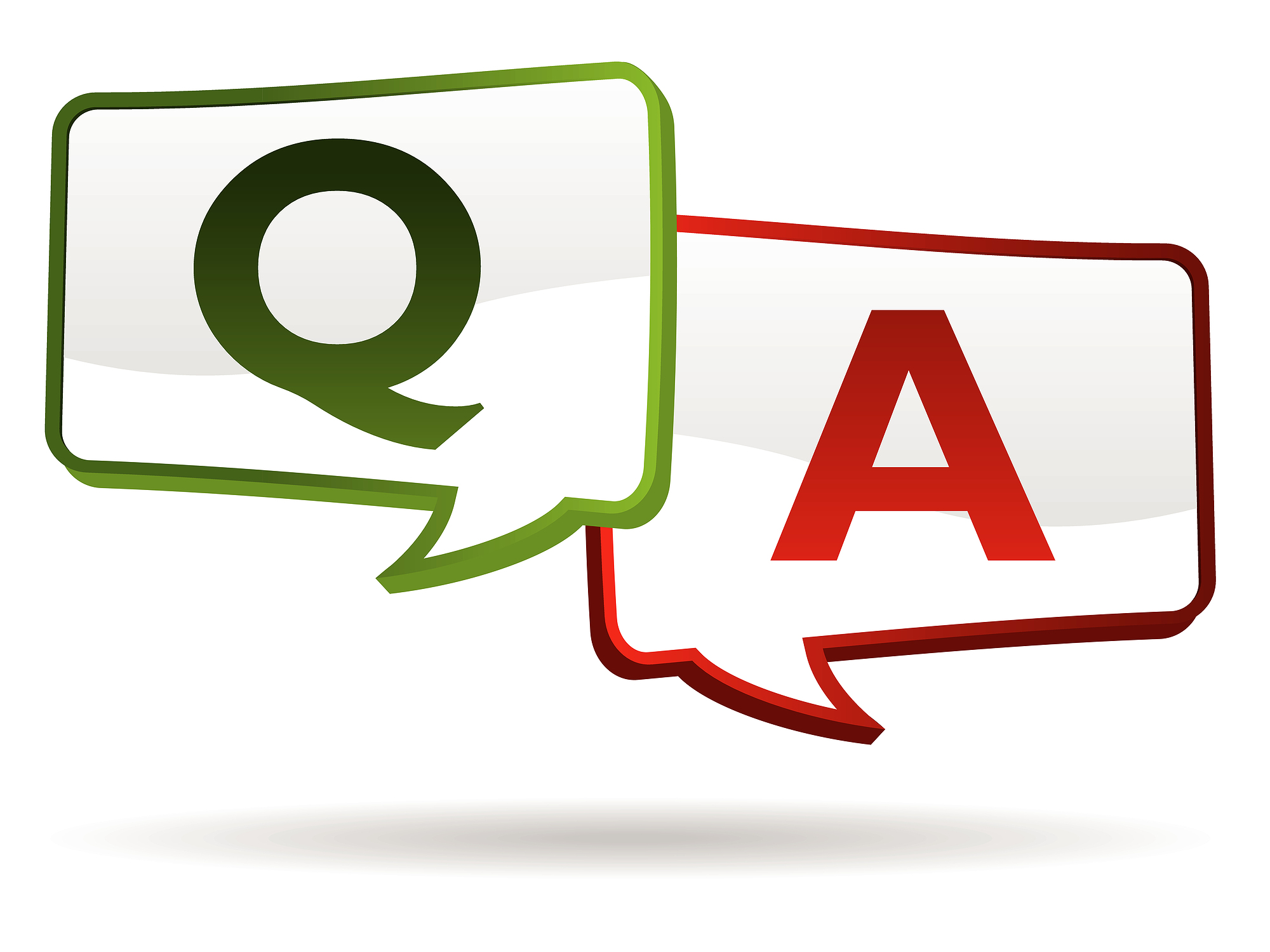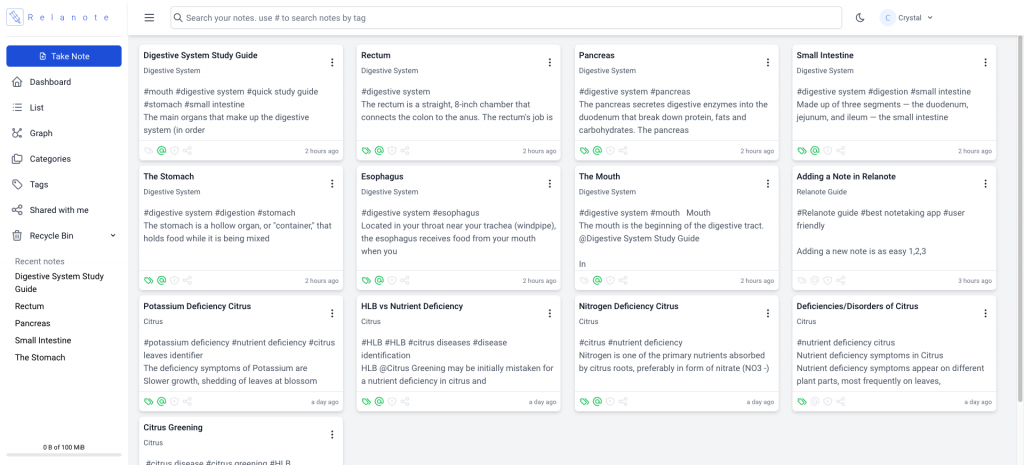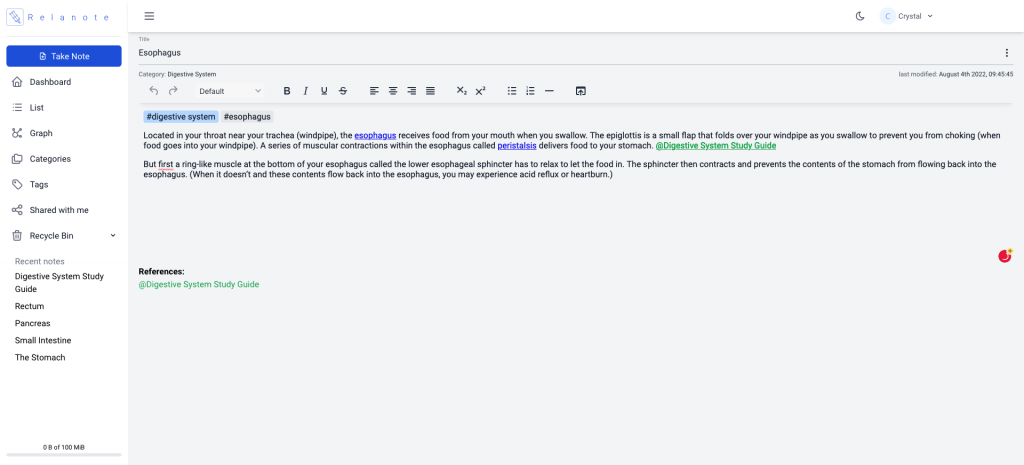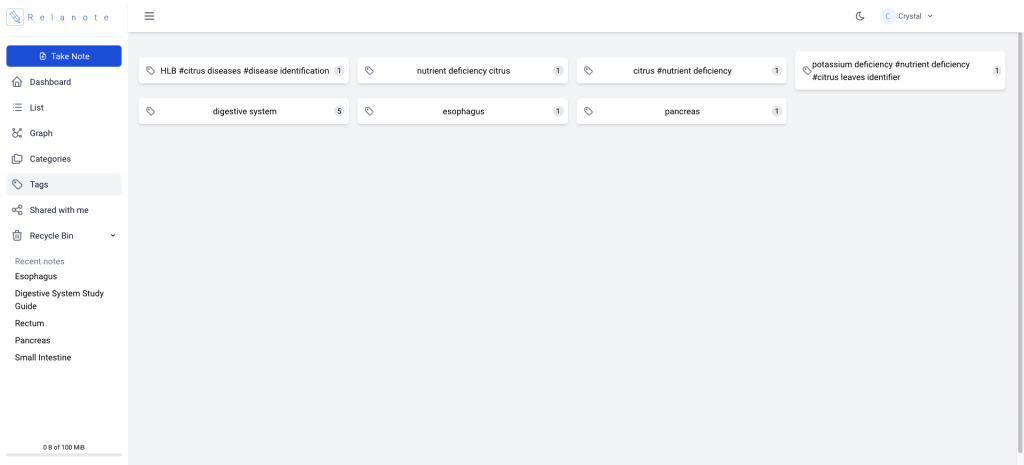Basic Questions and Answers About Zettelkasten

German psychologist Hermann Ebbinghaus conducted a simple yet profound study on memory loss over time. In it, he investigated his own ability to remember over extended periods of time, and at the conclusion, he produced the Forgetting Curve.
There are some things to note from Ebbinghaus’ experiment:
- You lose 50 percent of the information you consume within one hour of viewing, listening, or reading – unless you make an effort to relearn it
- Within 24 hours, you’ll forget about 70% of the information
- Up to 90 percent of the information is lost within one week
There are other factors that contribute to your retention of course. For instance, you’re more likely to remember if the topic is meaningful.
Now, there have been later studies that challenged Ebbinghaus’ conclusions, but we can all agree that we forget most of what we read, watch, and hear daily. So there’s some measure of truth to his work.
What we need to understand is the power, work, and limitations of the human brain. Forgetfulness is not a failure on the part of your brain. The fact is that your brain is wired to suppress the river of information it receives every second of the day. From sensory inputs to active memories, your brain must suppress some of it (most of it) so it can adequately focus on what is vital.
So, what does brain function have to do with Zettelkasten? And what is Zettelkasten anyway?
Your brain will purge most of the information you gather, but Zettelkasten is a proven method to retain some of it.
It is notetaking with purpose.
Generally, we take notes and forget about them, rarely making use of them in the future.
Zettalkasten is a system of gathering, organizing, and connecting your notes for use in the present and future. More than storing and organizing, it serves to improve your memory and retention.
What is Zettelkasten?
Zettelkasten is a German word that means slip (note) box. The slip box refers to the filing system used to store hand-written notes. In the box, Zettels (of slips of paper) are organized into categories and thus become a paper-based knowledge management system used to retain meaningful information.
But Zettelkasten is more than just a filing box of notes. The information stored is connected to each other wherever possible to replicate and generate new trains of thought.
Note: Niklas Luhmann was the German sociologist who founded the method that combines smart-notetaking and personal knowledge management. There’s no doubt that the system works. Luhmann wrote 70 books and more than 400 scholarly articles using his web of knowledge to retrieve information and generate new ideas.
How does Zettelkasten aid retention?
It encourages you to connect the dots between different thoughts and ideas. Think of it as hyperlinking in our digital age. As you do this, it will improve information recall and the generation of new connections as you build your personal Wiki.
When should you use the Zettelkasten?
Use it to organize and store valuable information for future use and to generate new thoughts if you’re working on a project, book, research paper, etc. In fact, the method will change your way of consuming information so much that you will be actively tuned in. In this way, it will extend to every aspect of your life.

How do you start using Zettelkasten?
Remember that Zettelkasten involves basic principles that you must adhere to for optimal results. The leading principle is the connection of smaller thoughts to larger ideas. However, it also requires condensing large chunks of information into a few words – an expression of your interpretation of the information.
Smaller notes are easy to remember and connect to each other. Consistent use will result in a personal knowledge base that replicates your brain’s operating system.
The system involves four types of notes:
- Fleeting Notes
- Literature Notes
- Reference Notes
- Permanent Notes
Fleeting Notes
Fleeting notes capture thoughts and ideas that pop into your mind or your impressions of something you’ve seen, read or heard. They are unstructured and unorganized and temporary. You’ll use them as a springboard for the development of more permanent thoughts and ideas which will be added to your knowledge base. Keep these notes short or you’ll be tempted note to record them. You may add references for the book, video, or article that inspired the thought, so you can go back for further clarification/inspiration if you need to.
Literature Notes
A key objective of the literature note is to develop your understanding of the idea conveyed in a text. You must extract the core idea and express it in your own words. Sometimes you might generate several thoughts/conclusions from one reference but you should limit each note to a single idea – use several different notes if you need to. The note should be so written as to be understood in isolation – without the other supporting material. Do not paraphrase someone else’s words. The literature note must represent your understanding only if it is to be used for retention of the thoughts you had when reading or recording the information.
Always use a reference for your literature notes – book title, chapter, author, link on the web, etc. This will be handy if you need to revisit it for further context.
For those times when literature notes are a product of fleeting notes, you can utilize the bi-directional link in Relanote to connect the thoughts. Relanote will create an automatic reference of your links. It will also save live link references from the web.
Reference Notes
When researching a topic or planning a project, it is likely that you’ll collect information from several sources. Notes can easily become a cluttered mess if they’re not organized into categories. Organization of your material is essential when you need to review them at a later date. It saves time and effort. Digital notetaking apps incorporate the use of categories and tags. The tag feature in Relanote is helpful in the identification of notes that fall within a particular topic. Categories are laid out in a simple hierarchical structure to allow the recovery of saved notes. Reference notes are not permanent. You might choose to delete or archive upon completion of your final note.

Permanent Notes
Permanent notes are built on the foundation of literature notes. They are a summary of the information you’ve gathered and understood or an analysis of thoughts you’ve had while reviewing specific information. Before adding permanent notes to your knowledge base, you need to consider whether they add new insight or change your understanding of past notes. Are they connected in any way to existing notes?
The permanent note is not limited to a single source of information – such as a book- but a summary of your investigation of several sources. It is your final picture after building an extensive jigsaw puzzle.
You may reference one or several literature notes but your permanent note is what stays in your knowledge base. To avoid duplication, you might archive your literature notes after completing your permanent note.
How The Zettelkasten method is about optimizing your workflow of learning and producing knowledge. Figure out your learning and note-taking style and be consistent in applying the steps in the Zettelkasten method:
How do you implement Zettelkasten into your workflow?
Always keep in mind that the primary purpose of Zettelkasten is for the retention of knowledge and the development of new ideas. The paper-based method still works if you prefer pen, index cards, and folders. Nowadays, there are several apps designed for the creation and storage of digital Zettels. Relanote stores your notes online permitting real-time syncing across all your devices. Connecting related notes, sufficient storage space, notes-on-the-go, encrypted notes, and privacy are some other benefits of this Zettel-based app.

Always choose a method and app that fits your personality, lifestyle, and note-taking needs. Consistent capturing and organizing of information you consume will lead to visible rewards.
Here’s to productive notetaking to retain more of what you learn!

